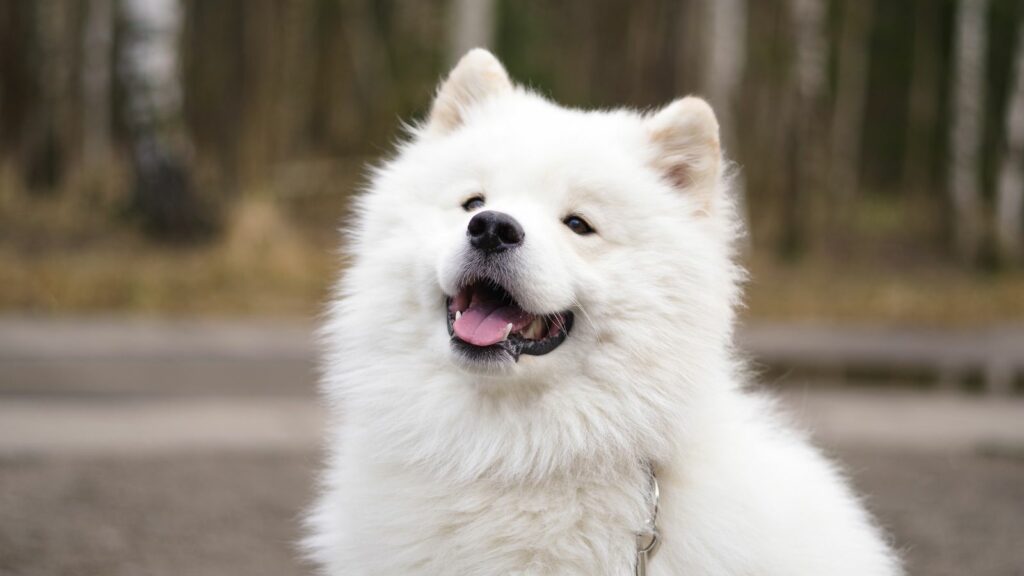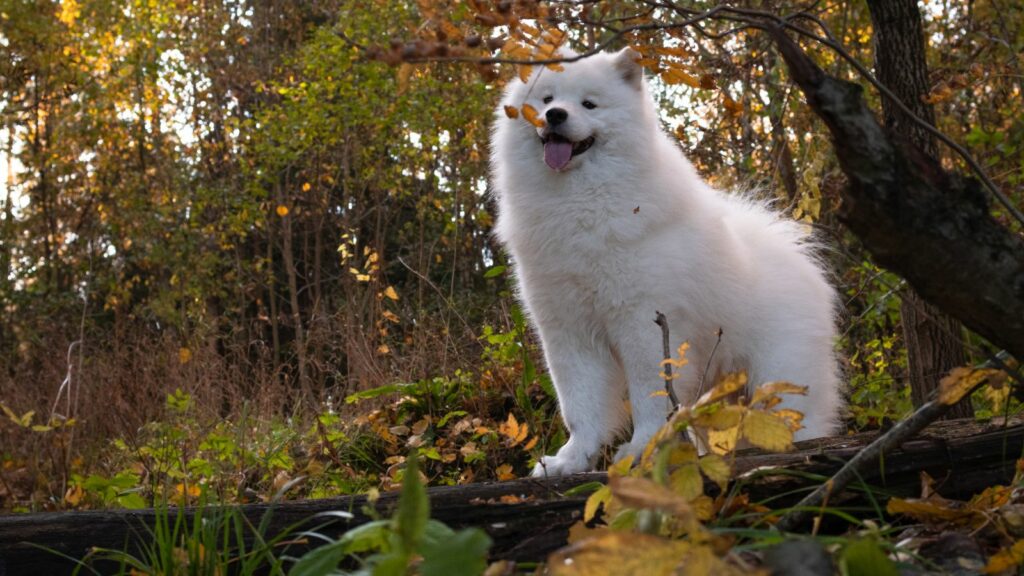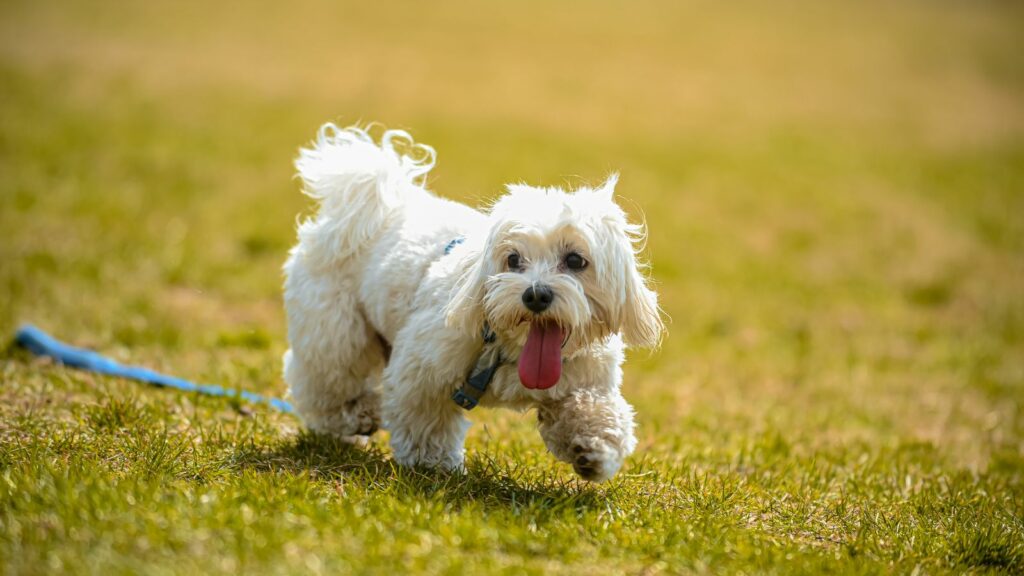Who doesn’t love a fluffy, furry friend to cuddle with after a long day? Furry dog breeds, with their extra layers of fluff, aren’t just cute, but they often have unique personalities that make them popular choices for pets. This article will delve into the world of these adorable canines, shedding light on their characteristics, care needs, and why they could be the perfect addition to your family.
Furry Dog Breeds

In a world teeming with diverse dog breeds, furry canines certainly present intriguing aspects. This section seeks to demystify these lovable creatures; it encompasses prevalent traits, inherent characteristics and an exploration into prevalent misconceptions.
When it comes to furry dog breeds, distinct traits and characteristics abound. Primarily, they bear dense, often long, coats. For instance, breeds like the Shih Tzu, Lhasa Apso, and Samoyed sport long, flowing coats that require diligent grooming. Secondly, these breeds exhibit a broad range of sizes. Examples include the small but alert Pomeranian, the medium-sized American Eskimo Dog, and the large, noble Tibetan Mastiff.
Common Misconceptions
Misconceptions revolve around these distinct creatures, clouding the understanding of furry dog breeds. For starters, a common assumption posits that all furry dog breeds are high maintenance. However, breeds like Border Collies and Newfoundlands possess self-cleaning coats that need less grooming than expected.
Another misleading belief ties furry dog breeds with excessive shedding. Yet, dogs like the Bichon Frise and Maltese sport hair instead of fur, resulting in minimal shedding.
Grooming and Care for Furry Dogs
This section addresses grooming and care procedures, illustrating how proper management correlates with a healthier, happier furry dog.
Essential Grooming Tools

Handling grooming needs for furry dogs involves specific tools. A brush, for instance, is indispensable. Furry dogs, characterized by their dense coats, benefit from brushes that penetrate deeply, detangling the fur and removing loose hairs. Brushes such as slicker brushes, undercoat rakes, and pin brushes exemplify effective tools for furry dog breeds.
Scissors and clippers constitute other essential grooming tools. Long-coated breeds like the Shih Tzu or the Tibetan Terrier often need trimming around the eyes, ear, tail, and paw areas. Electric clippers and grooming scissors help maintain the dog’s appearance and promote hygiene.
Finally, nail clippers can’t be forgotten, given their importance in maintaining a furry dog’s foot health. Overgrown nails affect a dog’s gait, potentially leading to discomfort and joint problems.
Routine Maintenance Tips
Successful grooming extends beyond employing the right tools. Timeliness and consistency denote crucial factors in routine maintenance for furry dogs.
Brushing, for example, requires regularity. Doing it a few times a week for breeds with short, dense fur, such as the French Bulldog, helps to distribute natural oils and keep the coat glossy. For long-haired breeds like Afghan Hounds, daily brushing becomes mandatory to prevent matting and tangling.

Regular bathing represents another vital routine, although the frequency hinges on the breed. Furry dogs like Pomeranians might require monthly baths, while those with water-repellent coats such as Labrador Retrievers might manage with fewer baths.
Lastly, nail trimming should occur every 3 to 4 weeks, eradicating overgrowth risks. Canines incurring overgrown nails tend to develop discomfort, awkward walking, and painful sores.
Providing a proper and meticulous routine maintenance constitutes an effective way to keep furry dogs healthy, minimizing potential health problems.
Responsibilities of Choosing a Furry Dog Breed
Choosing a furry dog breeds can be a rewarding experience. They’re not just adorable; they’re also filled with personality and charm. But it’s crucial to remember that these breeds require a bit more care and attention. Regular grooming isn’t just about maintaining their beautiful coats; it’s also a preventative measure against common health issues. Exercise and dental care play a huge role in their overall well-being too. And let’s not forget the importance of regular vet visits for early detection of potential health problems.

